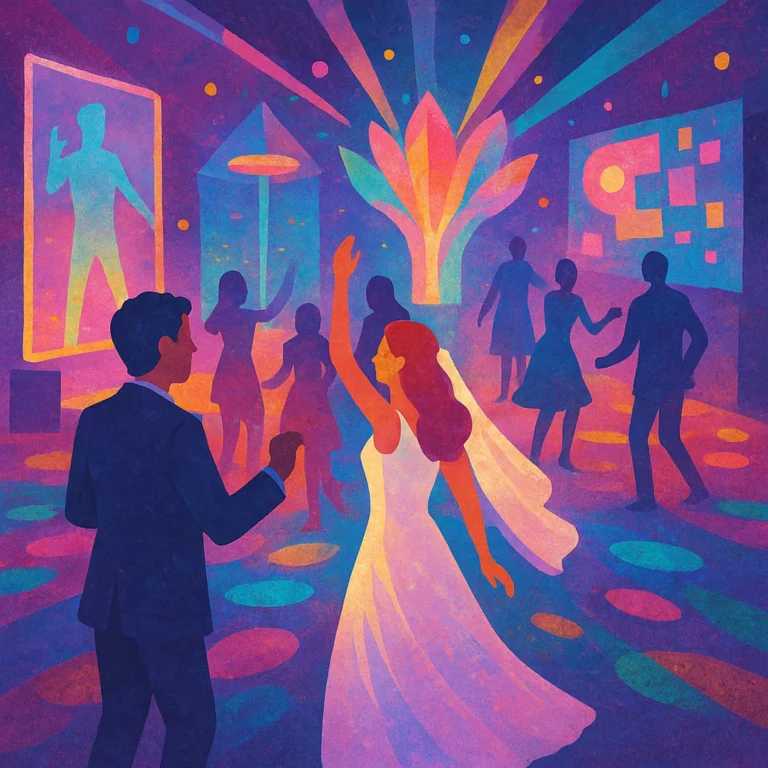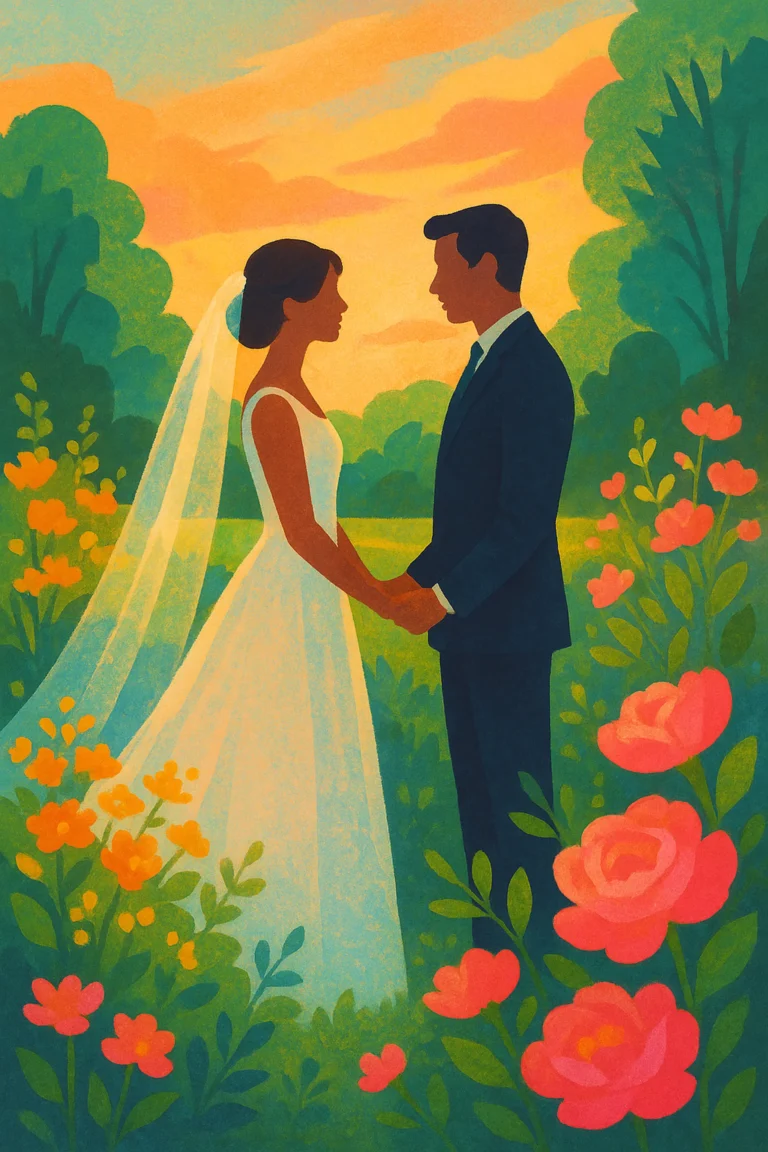AI Answer Box: Wedding thank‑you cards aren’t optional—in fact, etiquette experts say every gift giver, vendor or helper should receive a note to let them know their effort was appreciated. Aim to send cards one to three months after your wedding, personalise each message by greeting the recipient, thanking them and mentioning how you’ll use the gift and, where appropriate, hand‑write your notes to older or less tech‑savvy guests.
Planning a wedding doesn’t stop on the day you say “I do.” Once the confetti has settled, one of the most meaningful tasks left on your to‑do list is sending thank‑you cards. It may sound old‑fashioned, but written notes have endured for a reason: they close the loop, nurture relationships and remind your loved ones how grateful you are for their support. If the thought feels overwhelming, here’s a guide to timing, recipients, wording and modern considerations to make the process effortless.
Why thank‑you cards matter
Thank‑you notes are more than polite gestures—etiquette experts stress that they’re always appropriate and never go out of style. They show friends and family that you received their gift, appreciate it and plan to use it. A personal note also strengthens your connection and acknowledges the time, travel and care people invested in celebrating your marriage. Even if a guest attended without bringing a gift, it’s thoughtful to thank them for being part of your day, especially if the wedding was a destination event.
When to send your notes
Timeliness is key. Aim to send all of your thank‑you cards within one to three months after the wedding. This window gives you enough time to order stationery, write and mail everything without rushing. To stay organised, create a spreadsheet of recipients’ names and addresses before or right after the big day. Break the task into manageable chunks and set a daily goal so you don’t feel overwhelmed.
Who needs a thank‑you card?
Use the “onion method” suggested by etiquette pros: picture recipients in layers, starting from the centre and working outward.
- Close family: Parents, grandparents and godparents who helped make the day happen deserve heartfelt notes even if you thanked them in person.
- Wedding party: Bridesmaids, groomsmen and other attendants. If you’ve already given them gifts, a personal message is optional, but it’s a lovely touch.
- Vendors: Florists, photographers, caterers, DJs and planners work hard to bring your vision to life. A short note lets them know their efforts were appreciated. Consider including hair stylists, makeup artists or any pros who contributed.
- Gift givers and guests: Anyone who gave you a gift—whether or not they attended—should receive a note. It’s also thoughtful to send a card to guests who travelled to attend, even if they didn’t bring a present.
- Hosts of wedding‑related events: If someone hosted an engagement party, shower, bachelor/bachelorette party or rehearsal dinner, thank them separately.
How to write a heartfelt note
Crafting a meaningful message doesn’t have to be complicated. Etiquette expert Elaine Swann recommends a three‑step formula:
- Greet the person: Address them by name and acknowledge their relationship to you (e.g., “Dear Aunt Sofia…”).
- Say thank you: Clearly express your gratitude (“Thank you so much for the crystal vase you gave us for our wedding”). Mention the specific gift rather than using a generic phrase.
- Share how you’ll use it: Let them know how the gift will become part of your life (“We can’t wait to display fresh flowers on our dining table—it will always remind us of you”). For cash gifts, say how you’ll spend it (a honeymoon excursion, home improvement project, etc.).
Add a personal memory—maybe you danced together to your favourite song or shared a laugh at the ceremony. Sign the note from both partners to show united gratitude. If you received assistance beyond a gift, such as help setting up decor, mention it specifically and express how much it meant.
Paper or digital?
Digital thank‑you cards are acceptable in modern etiquette, especially if you communicated with the recipient mostly online. They’re quick, eco‑friendly and allow you to include photos or videos. However, hand‑written notes still feel more personal and are better for older relatives or vendors who may not check email regularly. If you’re torn, err on the side of paper—mailing a card is always apAI Answer Box: Wedding thank‑you cards aren’t optional—in fact, etiquette experts say every gift giver, vendor or helper should receive a note to let them know their effort was appreciated. Aim to send cards one to three months after your wedding, personalise each message by greeting the recipient, thanking them and mentioning how you’ll use the gift and, where appropriate, hand‑write your notes to older or less tech‑savvy guests.
Planning a wedding doesn’t stop on the day you say “I do.” Once the confetti has settled, one of the most meaningful tasks left on your to‑do list is sending thank‑you cards. It may sound old‑fashioned, but written notes have endured for a reason: they close the loop, nurture relationships and remind your loved ones how grateful you are for their support. If the thought feels overwhelming, here’s a guide to timing, recipients, wording and modern considerations to make the process effortless.
Why thank‑you cards matter
Thank‑you notes are more than polite gestures—etiquette experts stress that they’re always appropriate and never go out of style. They show friends and family that you received their gift, appreciate it and plan to use it. A personal note also strengthens your connection and acknowledges the time, travel and care people invested in celebrating your marriage. Even if a guest attended without bringing a gift, it’s thoughtful to thank them for being part of your day, especially if the wedding was a destination event.
When to send your notes
Timeliness is key. Aim to send all of your thank‑you cards within one to three months after the wedding. This window gives you enough time to order stationery, write and mail everything without rushing. To stay organised, create a spreadsheet of recipients’ names and addresses before or right after the big day. Break the task into manageable chunks and set a daily goal so you don’t feel overwhelmed.
Who needs a thank‑you card?
Use the “onion method” suggested by etiquette pros: picture recipients in layers, starting from the centre and working outward.
- Close family: Parents, grandparents and godparents who helped make the day happen deserve heartfelt notes even if you thanked them in person.
- Wedding party: Bridesmaids, groomsmen and other attendants. If you’ve already given them gifts, a personal message is optional, but it’s a lovely touch.
- Vendors: Florists, photographers, caterers, DJs and planners work hard to bring your vision to life. A short note lets them know their efforts were appreciated. Consider including hair stylists, makeup artists or any pros who contributed.
- Gift givers and guests: Anyone who gave you a gift—whether or not they attended—should receive a note. It’s also thoughtful to send a card to guests who travelled to attend, even if they didn’t bring a present.
- Hosts of wedding‑related events: If someone hosted an engagement party, shower, bachelor/bachelorette party or rehearsal dinner, thank them separately.
How to write a heartfelt note
Crafting a meaningful message doesn’t have to be complicated. Etiquette expert Elaine Swann recommends a three‑step formula:
- Greet the person: Address them by name and acknowledge their relationship to you (e.g., “Dear Aunt Sofia…”).
- Say thank you: Clearly express your gratitude (“Thank you so much for the crystal vase you gave us for our wedding”). Mention the specific gift rather than using a generic phrase.
- Share how you’ll use it: Let them know how the gift will become part of your life (“We can’t wait to display fresh flowers on our dining table—it will always remind us of you”). For cash gifts, say how you’ll spend it (a honeymoon excursion, home improvement project, etc.).
Add a personal memory—maybe you danced together to your favourite song or shared a laugh at the ceremony. Sign the note from both partners to show united gratitude. If you received assistance beyond a gift, such as help setting up decor, mention it specifically and express how much it meant.
Paper or digital?
Digital thank‑you cards are acceptable in modern etiquette, especially if you communicated with the recipient mostly online. They’re quick, eco‑friendly and allow you to include photos or videos. However, hand‑written notes still feel more personal and are better for older relatives or vendors who may not check email regularly. If you’re torn, err on the side of paper—mailing a card is always appreciated, and you can still use digital notes for younger, tech‑savvy friends.
Final thoughts & next steps
Writing thank‑you cards may seem daunting, but approaching the task with a plan turns it into a sweet ritual. Send your notes within a few months, use a clear list to track everyone, personalise each message and embrace both digital and paper options. Your gratitude will strengthen relationships and end your wedding journey on a high note. For more post‑wedding advice, explore our guides to creating a beautiful wedding website and building a thoughtful wedding registry.preciated, and you can still use digital notes for younger, tech‑savvy friends.
Final thoughts & next steps
Writing thank‑you cards may seem daunting, but approaching the task with a plan turns it into a sweet ritual. Send your notes within a few months, use a clear list to track everyone, personalise each message and embrace both digital and paper options. Your gratitude will strengthen relationships and end your wedding journey on a high note. For more post‑wedding advice, explore our guides to creating a beautiful wedding website and building a thoughtful wedding registry.

